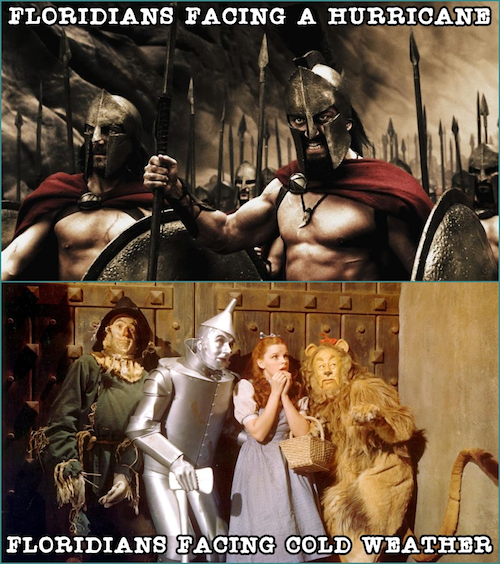Author: Grumpy
Here is an example of his EXCELLENT craftsmanship with a S&W with a Colt Python barrel. If you have one then you have one of the finest competition pistols ever made! Grumpy
Why settle for just a Smith & Wesson or just a Colt when you could have the best of both worlds? That was the question on some shooters’ minds in the 60s and 70s. For several years between the introduction of the Python and the Smith & Wesson 586/686, this mixture made sense, especially in the stiff competition of PPC matches.
The Colt barrels were perceived as more accurate and had a full lug to help tame recoil, but the Smith actions were easier to work on and required less hand-fitting of parts. The obvious answer? Take the barrel off a Python and mount it on a Smith! Thus was born the Smython, or Smolt as it is also known.
This was a procedure that took no small amount of skill to accomplish due to the different threads of the Colt barrels and Smith frames, but when done properly, they were considered the cat’s-meow for competitive revolver shooting.
In the 1970s Tommy Shimoda was a master gunsmith and the armorer for the Honolulu Police Department. He build this Smolt and removed all the Colt markings from the barrel. He then reblued the entire revolver so that the hue of the finish would match and also re-matted the topstrap and barrel rib. He also installed a smooth target trigger and target hammer and did an action job


Despite Canada’s already strict gun control regime, anti-gun activists in the Great White North are pushing for even more gun control after they successfully lobbied for an “assault weapons” ban earlier this year.
On a call with reporters Monday, the coordinator of the anti-gun group PolySeSouvient said she’s tired of waiting for promised gun control legislation from the liberal government, and she called on Public Safety Minister Bill Blair to make good.
“We urge minister Blair to return to the gun file with force and to aim to meet his commitments without delay,” Heidi Rathjen said.
Blair, who works as part of Prime Minister Justin Trudeau’s government, assured anti-gun activists he’s working to make their every wish come true.
“There is more to do, and we’re committed to doing it,” Blair’s spokeswoman, Mary-Liz Power, said Monday. “We will introduce legislation designed to deliver on the promises that we made to Canadians in the last election.”
SEE ALSO: Canadians Petition to Get Their Guns Back Following Confiscatory Ban
But Nicolas Johnson, who runs the pro-gun website TheGunBlog.ca, questioned Blair’s assertion that he speaks for all Canadians.
“We have to remember that the radicals pushing for even more prohibitions-confiscations in Canada’s severely regulated firearm industry are a tiny fringe with a few influential allies in media and politics,” he told GunsAmerica. “Canada has millions of families and individuals who hunt and shoot safely and responsibly. We manage millions of guns and hundreds of millions of rounds of ammo safely and responsibly 24/7/365. We are the mainstream.”
Back in May, the national government outlawed 1,500 models of what officials consider “assault-style” weapons. These rifles and pistols can no longer be legally used, sold, or imported. But the ban came via regulation rather than legislation, and PolySeSouvient wants Trudeau’s government to make the ban permanent.
The group also has a laundry list of additional demands, including ending the importation and manufacture of handguns.
Claire Smith and Ken Price, parents of a girl who was shot in Toronto in July of 2018, said at the PolySeSouvient news conference that the government should act swiftly to ban handguns nationwide.
SEE ALSO: Canadian Government Admitted in 2018 That Gun Bans Don’t Reduce Crime
“It’s been over two years since our daughter was shot,” Price said during the news conference. “And from our perspective, there has been zero legislative progress on handguns and the situation keeps getting worse.”
Along with the handgun ban, the group wants the following restrictions:
- A system of pre-authorization for guns to ensure only new models inspected and authorized by the federal authorities can enter the Canadian market;
- Limit firearm magazines to five rounds;
- Give police officers easier access to commercial sales record data to help detect bulk gun purchases;
- Invest significant efforts and resources in strengthening the screening and monitoring of gun-license applicants and licensed owners.
Blair has also promised imminent legislation to create a new “evergreen” framework for classification of firearms to ensure federal intentions can’t be easily overridden.

4
